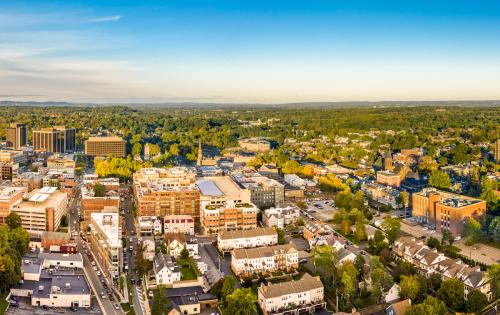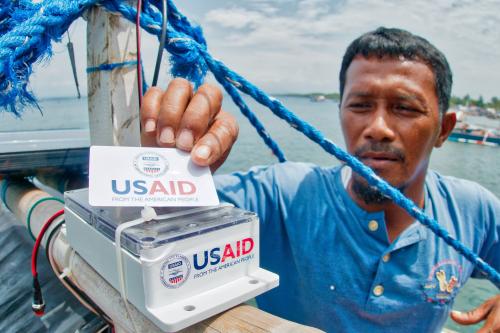Editor’s note: World Policy Journal asks experts for their view on “How Can Nations Break the Cycle of Crime and Corruption? ” Brookings Senior Fellow Daniel Kaufmann provides insights, focusing on key differences between crime and corruption, and on a particularly insidious form of high-level corruption: state capture. This commentary is a more lengthy version of what was originally published in World Policy Journal.
Crime and corruption do not always co-exist, share the same determinants, or respond to the same strategies and measures. A corrupt and authoritarian police state can control common crime, as in North Korea. Conversely, common crime can be a challenge to countries with satisfactory anti-corruption track records, like Chile.
Crime rates tend to be higher where there is high unemployment, high socio-economic inequality, and lax gun laws.
Corruption thrives where civil liberties, free press, transparency, and contestable politics are absent.
A functioning rule-of-law matters for controlling both crime and corruption, but again differences emerge: an independent judiciary is crucial for combating political corruption; an effective police is important for fighting petty corruption as well as common crime.
There are also differences between the determinants of common crime and organized crime, since the latter does relate to corruption more closely—for instance, drug traffickers and underground arms dealers thrive in collusion with corrupt authorities in weak states.
Unfortunately, most of the research on corruption focuses on developing countries. When corruption indices measure cruder forms of corruption, such as bribery, they mask one of the most serious governance challenges facing countries like the United States today—so-called legal corruption and state capture by powerful corporations.
For evidence of this, one need only look at the undue influence exerted by Wall Street and mortgage giants over regulations leading up to the financial crisis, or by giant carmakers over automobile safety regulators.
Indeed, research suggests that the extent of legal corruption and state capture in the United States is very high when compared with most countries in the world, and higher than any other industrialized OECD country. Thus, contrary to popular notions, both developing and rich countries face corruption challenges, although their form may differ.
The strategies to combat different manifestations of crime and corruption will differ from each other, and must be tailored to country context. To combat common crime, it is important to focus on shared socio-economic progress and reduced unemployment among the youth, police effectiveness, and effectively banning guns in civilian hands. To address legal corruption and state capture, reforms in transparency, as well as restrictions on corporate political finance and lobbying is needed.
Yet crime and corruption do share one important aspect in common. To address them, and to be prepared to take on powerful vested interests, and address the challenges of money in politics, political will, leadership, and integrity are required at the top.



Commentary
Op-edBreaking the Cycle of Crime and Corruption?
April 14, 2010